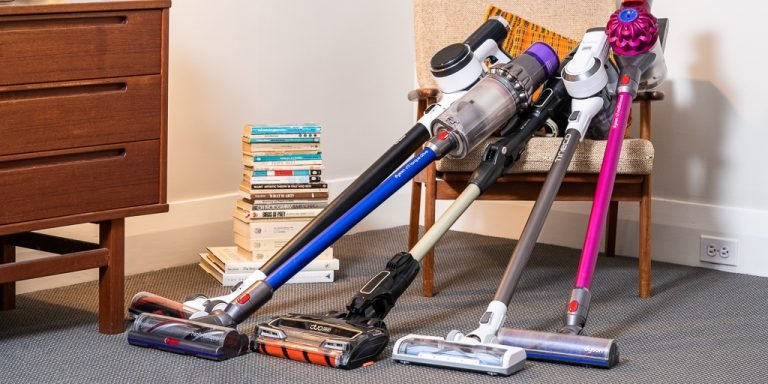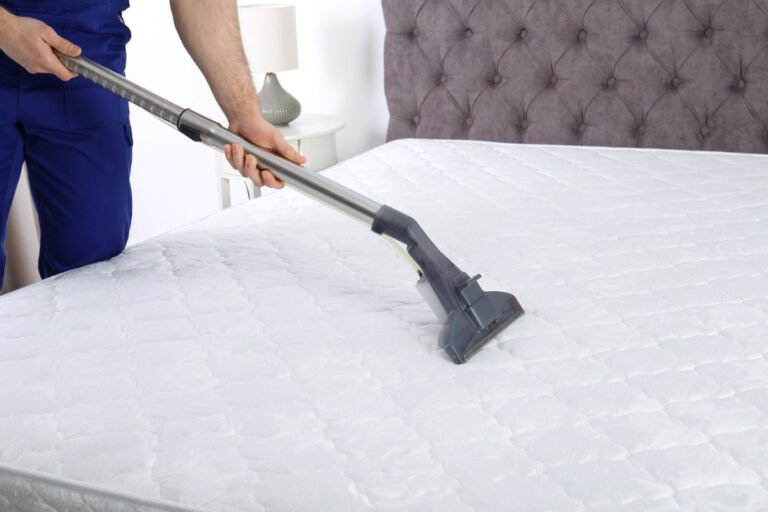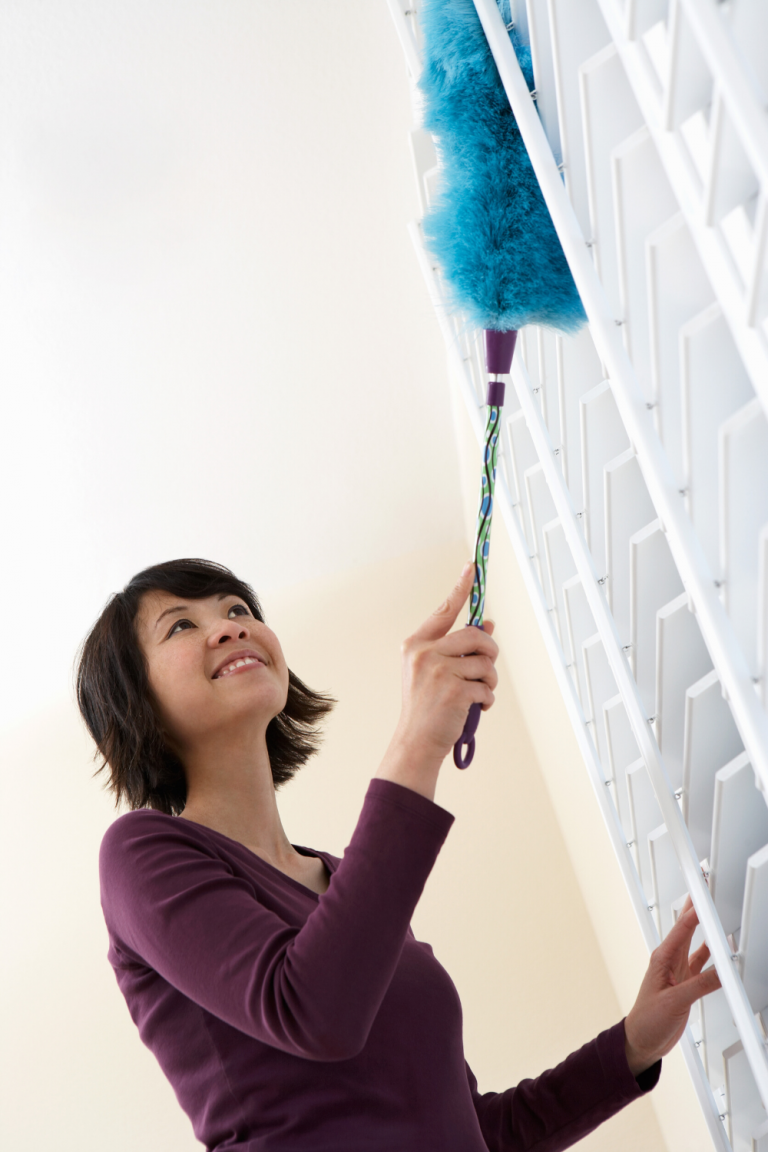Can you use bleach on laminate floors?

Bleach is a rather harsh chemical. You need to know first if it can be used on laminate floors before going ahead to burn off your beautiful flooring.
Every so often, your home needs a deep cleaning. According to the home experts, you should wash your carpets, curtains and windows every season.
For your floors, you need to mop them at least twice a week to prevent any dirt buildup. If you neglect your laminate floors for a long time, you might start noticing a layer of debris settling on top.
Laminate floors are usually durable and tough. They can take in quite a bit of roughing up. These floors are almost resistant to scratches, denting and other issues caused by general wear and tear.
To get meticulous results when doing deep cleaning, some households have resorted to using bleach as a proper disinfectant. Indeed, bleach works on even the most stubborn stains that do not seem to budge even if you try all else. During such times, using bleach outside the laundry area can save you a whole deal of effort.
Household bleaches contain a certain percentage (5%) of sodium hypochlorite that is largely responsible for all its benefits. Sodium hypochlorite works by oxidizing with the area it has been applied to.
This process whitens and sanitizes all kinds of surfaces. This thorough oxidation process entails reactions with certain chemicals for the killing off germs as well.
The question that follows is then: can you use bleach on laminate floors? Simply put, bleach is too harsh to use on laminate floors just like that.
If you are looking for a disinfectant that is super strong, you can use bleach that is part diluted with water. For every half a cup to ¾ cup of bleach, dilute it with a gallon of water. Read Here: Best way to clean tile floors and grout

If it is not diluted, you need to keep it away from the laminate floors. For proper cleaning of laminate floors, regularly sweeping and vacuuming ought to be enough. Going the extra step to use bleach might end up being detrimental to your health as well as to the floors. For instance, bleach can be a tad expensive and yet be highly unsuitable for your type of floors.
Effects of using bleach on laminate floors
While bleach is the go-to product for tough stains, you need to be careful when it means using bleach on laminate floors.
First, when concentrated bleach is poured on laminate floors it can dye and burn away at the surface. When concentrated bleach also reacts with the laminated floors, this can easily be a health hazard. Bleach can cause eyes, skin and lungs irritation.
Wood laminate floors also cannot withstand such harshness without wearing out gradually.
Before you whip out the bleach, consider these effects on laminate floors. If you really have to use bleach on laminate floors, do so with caution.
Safety Tips
Before going ahead to use bleach on laminate floors, first make sure the bleach is as diluted as can be. Bleach to water ratio can be 1:2.
Keep your tool box nearby too. To use bleach on laminate floors you need some basic supplies that can be easily bought at a gas station or local shop. For instance, having a handy towel is important to wipe up any spills as soon as they occur.
Some experts say that using small amounts of bleach on your laminate floors will not hurt. Other experts are adamant against letting any drop of bleach touch these kinds of floors.
If you simply must use bleach on laminate floors, do so sparingly. Also, consider making the exposure as short term as possible because prolonged exposure slowly chips away at laminate floors. If you let bleach accumulate on your floors, you can be easily wrecking them.
What to use instead of bleach
Because of the disastrous effects bleach can have on laminate floors, there are many alternatives to it. First, you can use a vinegar and water mixture to properly clean your floors.
While vinegar is quite acidic, using water is bound to take off its edge. Partly diluted vinegar still works as well while protecting your laminate floors from irreparable damage. Using vinegar and water gradually restores the shine of even the dullest floors.
To properly use diluted vinegar on your laminate floor, there are a few steps to follow. First, use a spray bottle to spray the solution to all parts of your floor.
Once satisfied with this, use a microfiber cloth to wipe away any residue. While doing this, you make sure you get all areas for proper wiping.
To add, maintaining laminate floors is fairly easy. You do not always have to go for the bleach or vinegar to give your floors a proper shine. Sometimes, regular cleaning with a normal is all you need for sparkly floors. You do not need to always go for fancy cleaners for laminate floors.
Conclusion
If you have a pet or an unruly child, sometimes regular cleaning just does not cut it. When your pet has left stubborn stains on your floors and your child has dragged in dirt from the outside, you might find yourself resorting to using bleach.
While bleach does have innumerable benefits for all kinds of surfaces, it does not go too well with laminate floors. One reason is that bleach will easily soak in through the floor and rob its shiny gloss. Using bleach on wood laminate floors can even change their color.
Therefore, avoid using bleach on laminate floors unless when done in small amounts that are highly diluted to reduce its acidity. Indeed, bleach is a handy product to have around your house.
You can use it to give your toilets and floor tiles a good scrub. While it can be used on a wide range of surfaces, using it on laminate floors is something you might want to highly avoid.
For such floors, you can maintain their sheen and gloss through other ways. Regular cleaning and maintenance ought to be enough. If you want to go the extra mile, you can use vinegar and water.
Read More:






